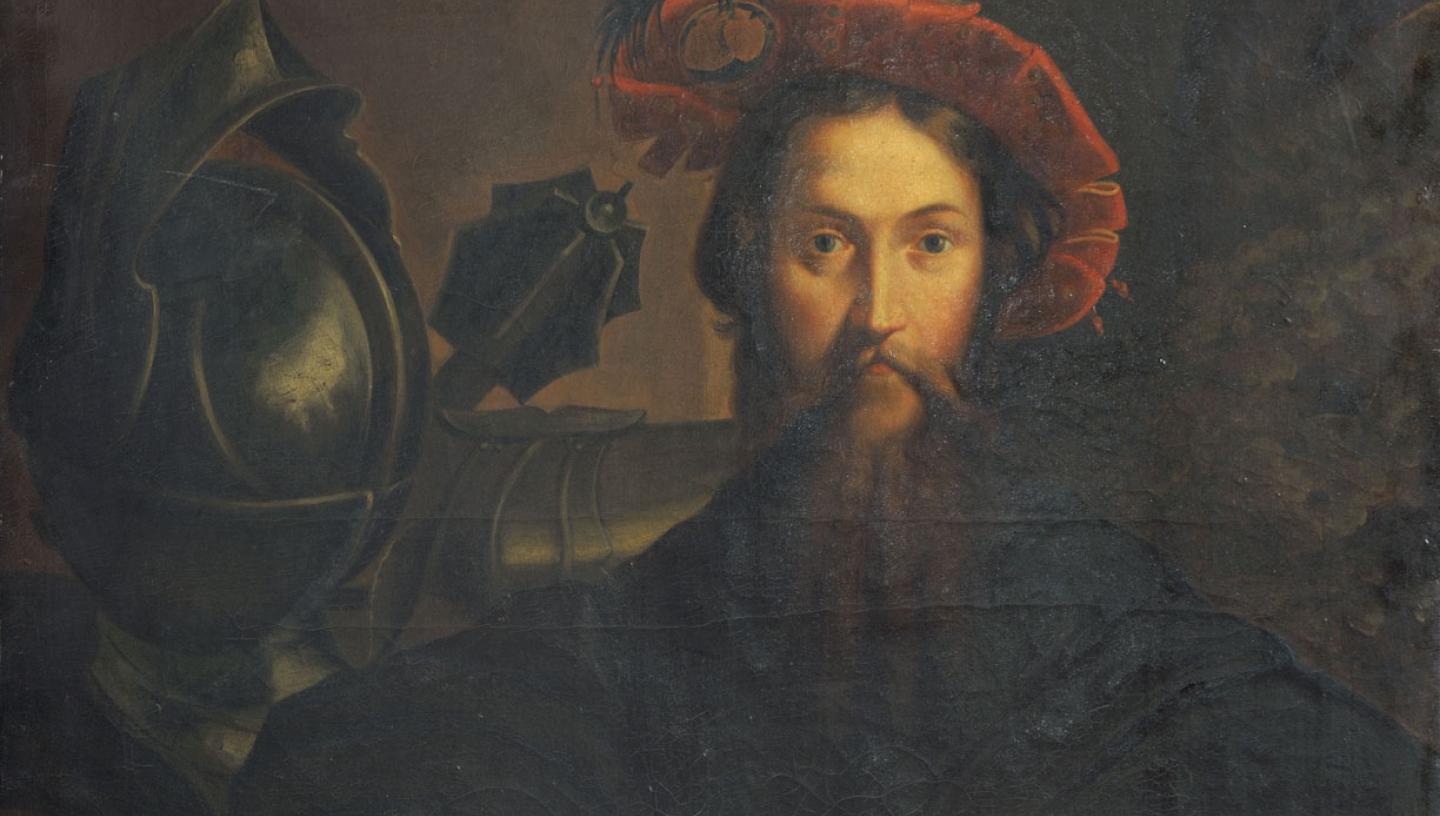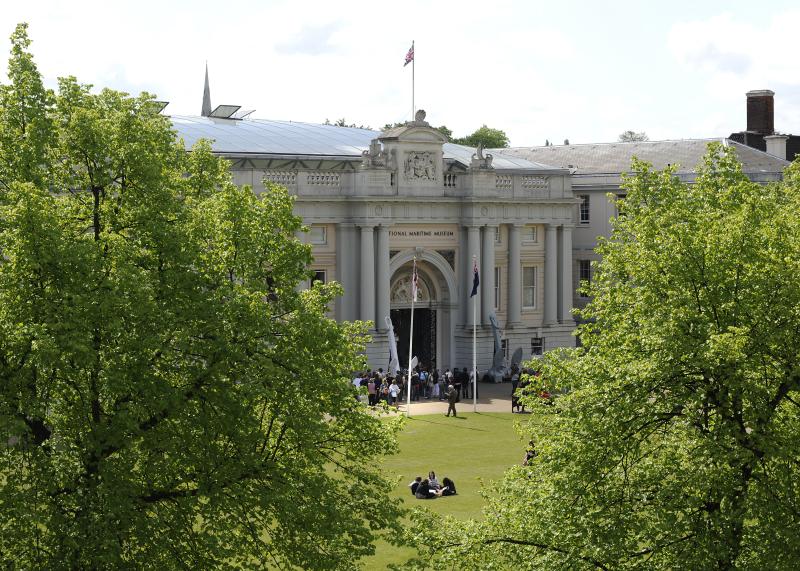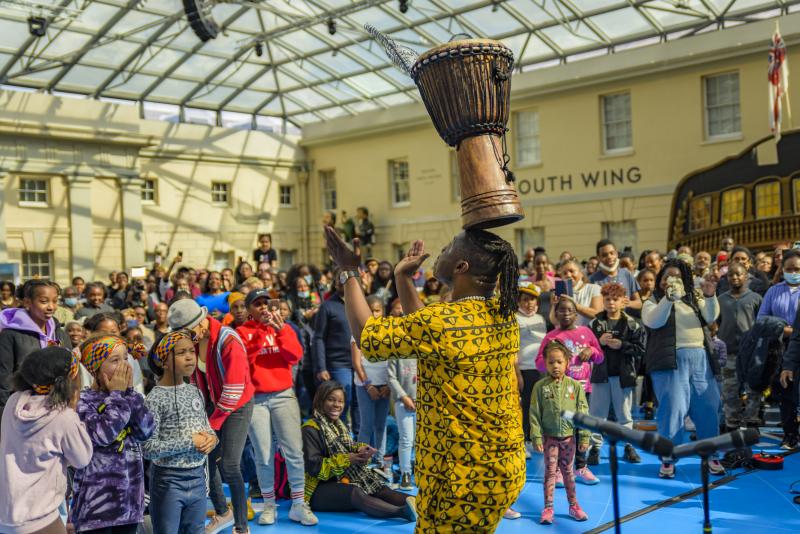
Explorer Christopher Columbus (1451–1506) is known for his 1492 ‘discovery’ of the 'new world' of the Americas on board his ship Santa Maria.
In actual fact, Columbus did not discover North America. He was the first European to sight the Bahamas archipelago and then the island later named Hispaniola, now split into Haiti and the Dominican Republic. On his subsequent voyages he went farther south, to Central and South America. He never got close to what is now called the United States.
Where was Christopher Columbus born?
Columbus was born in the Italian seaport of Genoa in 1451, to a family of wool weavers. He went to sea from an early age, and was an experienced sailor by his twenties.
In 1476 Columbus moved to Lisbon, Portugal, and for many years attempted to gain support for a journey he was planning to find new trade routes to the Far East. Eventually Ferdinand and Isabella, the King and Queen of Spain, agreed to finance him.
What did Columbus aim to do?
In the 15th and 16th centuries, Europeans wanted to find sea routes to the Far East. Columbus wanted to find a new route to India, China, Japan and the Spice Islands. If he could reach these lands, he would be able to bring back rich cargoes of silks and spices. Columbus knew that the world was round and realised that by sailing west – instead of east around the coast of Africa, as other explorers at the time were doing – he would still reach his destination.
What ships did he use?
In 1492 Columbus set sail from Palos in Spain with three ships. Two, the Nina and the Pinta, were caravels – small ships with triangular sails. The third, the Santa Maria, was a nao – a larger square-rigged ship. The ships were small, between 15 and 36 metres long. Between them they carried about 90 men.
What did he discover?
After sailing across the Atlantic Ocean for 10 weeks, land was sighted by a sailor called Rodrigo Bernajo (although Columbus himself took the credit for this). He landed on a small island in the Bahamas, which he named San Salvador. He claimed the island for the King and Queen of Spain, although it was already populated.
Columbus called all the people he met in the islands ‘Indians’, because he was sure that he had reached the Indies. This initial encounter opened up the 'New World' to European colonisation, which would come to have a devastating impact on indigenous populations.
What was the return journey like?
On Christmas Day 1492, the Santa Maria hit a rock and was wrecked. Columbus transferred to the Nina and left behind the 39 crewmembers of the Santa Maria on the island of Hispaniola. He wanted them to start a new settlement. Columbus reached Spain in March 1493, and claimed his reward in riches. He was also given new titles. He was made Admiral of the Ocean Sea and Governor of the Indies.
What other journeys did Columbus make?
Columbus made three more journeys across the Atlantic to the Caribbean. He was sure that he had found Cipangu (Japan), but it was actually Cuba. He visited Trinidad and the South American mainland before returning to the ill-fated Hispaniola settlement, where the ‘Indian’ inhabitants had staged a revolt against the Europeans.
Conditions were so bad that Spanish authorities had to send a new governor to take over. Columbus was arrested, returned to Spain and stripped of his titles. He did make one last voyage to the Americas, however, this time to Panama – just miles from the Pacific Ocean.
What is Columbus’s legacy?
Columbus died in 1506, still believing that he had found a new route to the East Indies. Today his historic legacy as a daring explorer who discovered the New World has been challenged. His voyages launched centuries of European exploration and colonisation of the American continents. His encounters also triggered centuries of exploitation of Indigenous Peoples.




